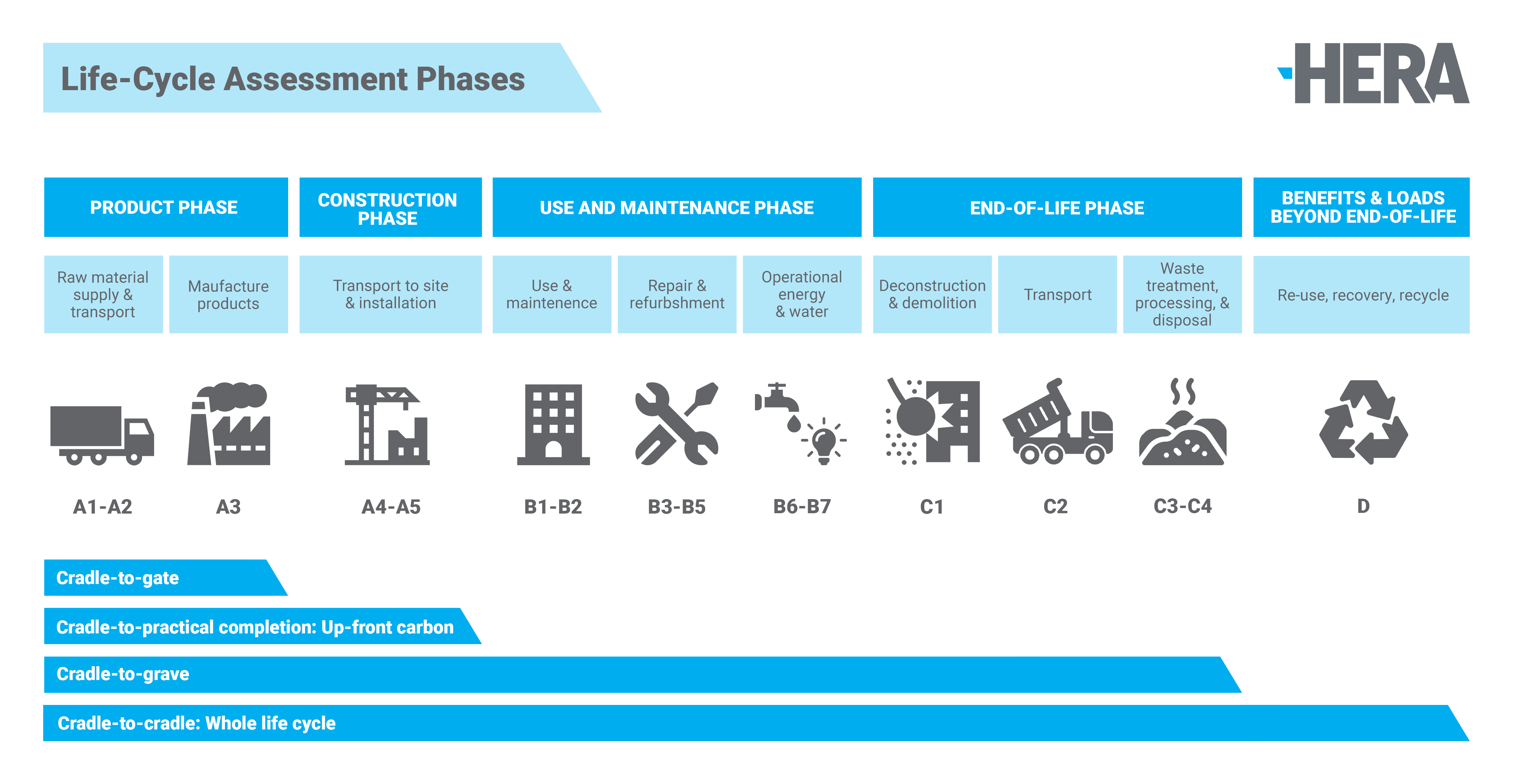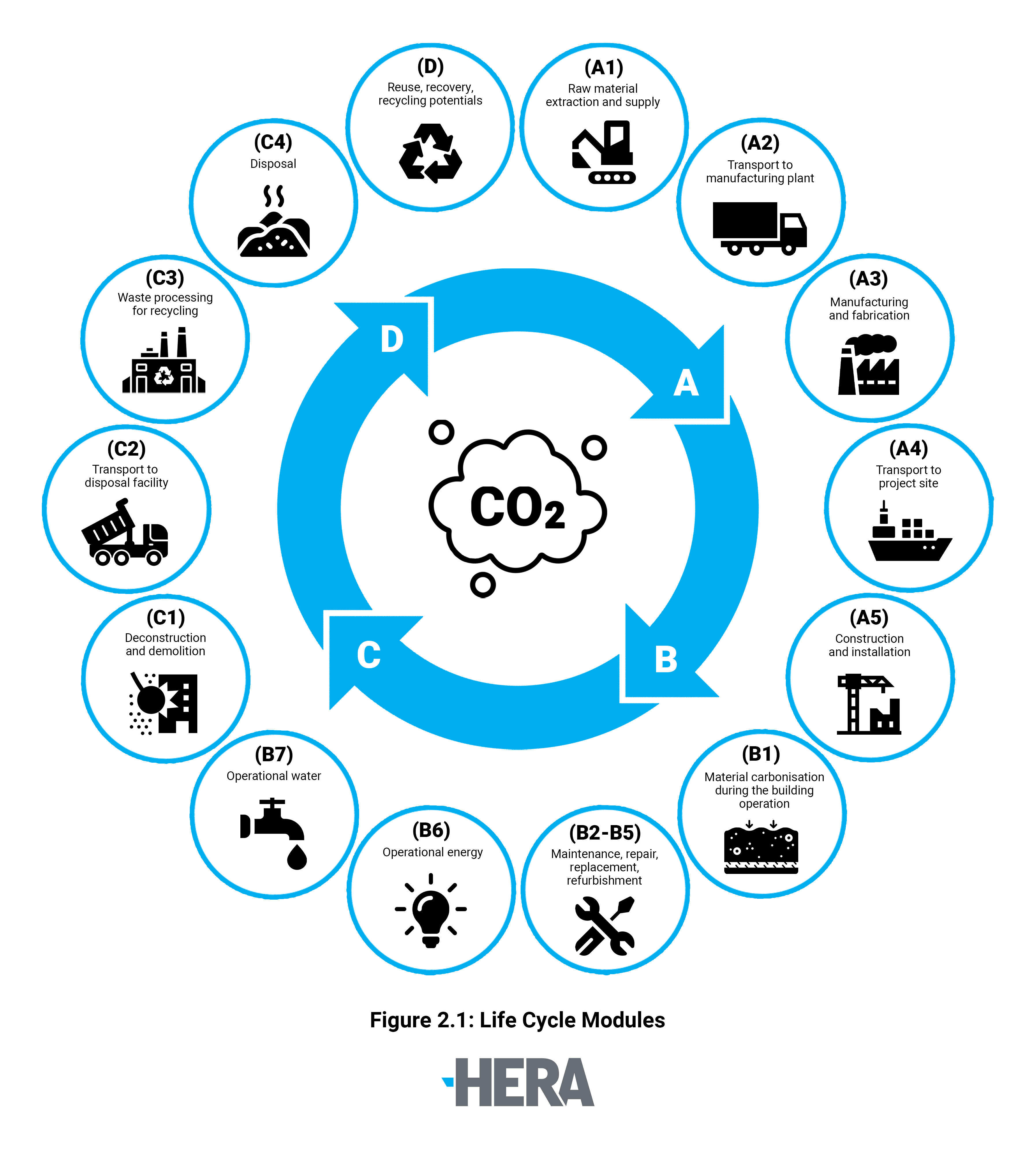Sustainability is something that HERA is taking very seriously.
We see it as an important area to focus our research on to assist our industry improve their sustainability performance.
It’s no secret that we’re been making a lot of moves to get our industry prepared to play our part in reducing our emissions.
That is why we have green-lit the delivery of sustainability focused training and four research projects as part of our $100K sustainability research and training fund.
Research that drives innovation and positive change
We want to clear pathways of opportunity for our members. We see these particular projects as a way to identify a way in which we can improve our performance and drive the development of a strategy to play our part in creating a better Aotearoa.
These projects were selected following a call for projects to our members in March 2021 following a robust criteria and assessment process by our industry panel.
As a result, our key focuses are:





